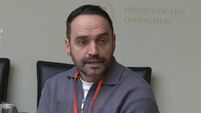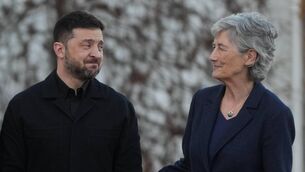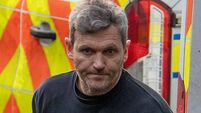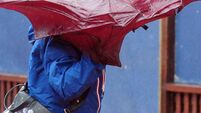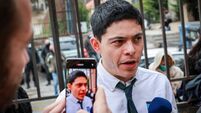Careless driving trial hears other buses cut corner at junction of fatal cyclist collision

By Declan Brennan
At least three Dublin Bus buses were observed cutting the corner of a junction where another bus fatally struck a cyclist two years earlier, a court has heard.








